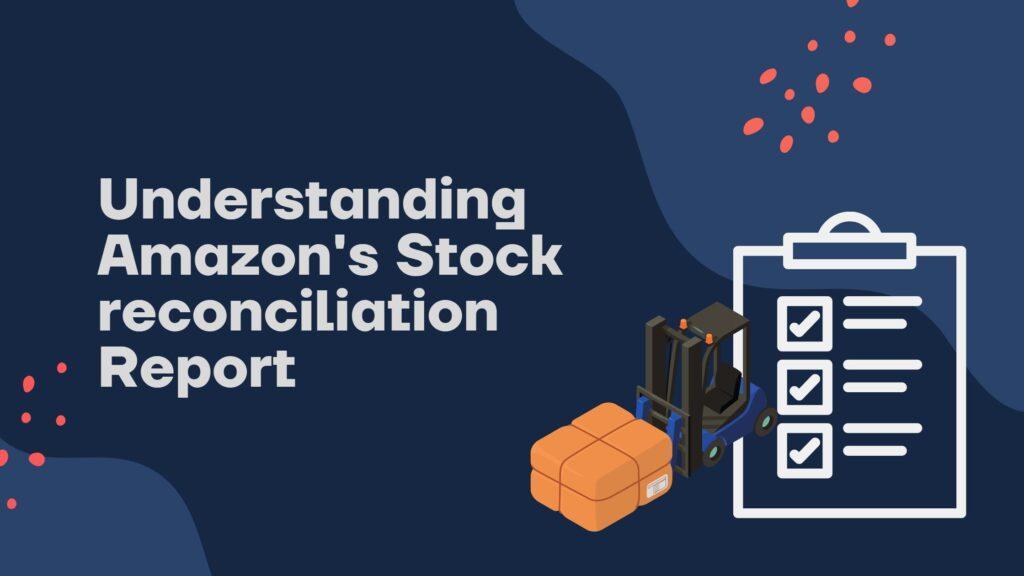
FBA stock reconciliation can be complicated. What’s more, stock reconciliation is an errand numerous dealers like to stay away from. It’s very tedious, and mistakes in the information section can make reconciliation an exceptionally frustrating task.
Utilizing REYECOMOPS data entry assistance to help to mechanize your data entry makes FBA stock reconciliation a less distressing task. In the event that you’ve begun data import from the start of your business with REYECOM OPS, then, at that point, your Amazon record will be synchronized with our quick books On the web: anything exchanges Amazon has will likewise be in quick books on the web.
This makes stock reconciliation a lot simpler task since our e-commerce assistance provides you a permit to run inventory reports that you can use related to Amazon reports.
In this article, we’ll go over the FBA stock reconciliation report and other important reports to reconcile stock. We’ll likewise turn out probably the most widely recognized justifications for why the stock sums don’t reconcile.
Understanding Amazon's Stock reconciliation Report:

One of the most important stock reports you can run on Amazon is the Stock Reconciliation Report. You can track down this under Reports > Fulfillment> Inventory Reconciliation. This report will allow you to see your deals and returns so you can contrast this with your own stock count.

Enter the SKU and select the date range. You’ll raise an overview of the details for your SKU. Here, you’ll see the vast majority of the movement for your particular SKU. This report is deferred by multi-week.
You can take a look at the Inventory Event Detail or Order report to find sales that occurred after the report assuming you need the latest reports. In any case, items that have a ton of sales speed will make following continuous inventory troublesome.
To reconcile stock, you’ll need to run reports for a similar period in your book keeping software concerning the Amazon report. There might be an inconsistency due to time zone contrasts.
Note that for this thing, the complete number of units in matches the number of units out. Amazon has represented all stock items. However, that is not prone to be the most ideal case for a portion of your SKUs.
The Inventory Reconciliation report is likewise missing any repayments or discounts. While it incorporates returned stock, it doesn’t state whether that returned item was exchanged or eliminated. In our model, we have one Returned and one Removal request, so it’s not difficult to tell that the returned unit was unsellable and must be assessed.
Received :
This number lets you know the number of items that were received through inbound shipments. In the event that this number doesn’t match your records, then, at that point, you ought to examine your FBA shipments.


Open any cases to reconcile the number of units sent in versus the number of units got. On the off chance that you have no confirmation, take a try at utilizing the transportation loads on the mark. Work out the singular load of every unit, add a little for dunnage and packaging, and you’ll have a thought of the number of units Amazon ought to have reached.
To rapidly explore the correlated FBA inbound shipments, basically, click on the received number links.


Returned:
This number lets you know the number of units returned by clients. It’s not equivalent to the number of refunds given. This report gives you actual stock events, so refunds without returns are not shown here. Click on the link to see every one of the profits and their nature.
Tracking Refunds:
You can follow refund through Reports > Installments. Channel view by refunds and Custom dates for the period in question, assessed.




Found:
Stock is at times lost at the distribution centers. This number lets you know the number of things that were found, but not what condition or attitude the unit was in. In the event that there’s a disparity between the Found and Lost numbers, you have a possible case for repayment whenever you’ve checked the Repayment reports.
Distribution center found stock that is damaged and unsellable is repaid and taken out from your stock to Amazon’s holding account.
Tracking Inventory Adjustments:
You can find all stock changes through the Inventory Adjustments report.
Sold:
This is the number of units sold. This number can at times be more than the units got because of client returns that were sold once more.


Removal:
This is the number of units you sent back to your distribution center through an evacuation request.


Lost:
These are units lost at the distribution centers. They’ll appear as lost: Warehouse. Any contract between the lost and found numbers might imply that Amazon owes you cash. Check the Repayments reports before you start a case.
Look above at the “Found” area for where to track down stock changes.
Disposed:
These are the number of units you paid Amazon to arrange. Look above at the “Removal” segment above for where to find evacuation orders.
Conclusion:
Anything stock disparity happens, you’ll need to represent it appropriately in your bookkeeping software or accounting. Essentially changing the amount close by to reflect an Amazon repayment for distribution center lost things isn’t the appropriate book keeping practice since you’ve acquired cash from those missing things.
Check out our service in our series on accounting virtual services linked below to see how appropriately we update with stock-flow so that you’ll continuously be updated on stock movements. Appropriately tracking stock additionally decreases potential mix-ups like selling items you don’t have.
Reconciling your stock can be a difficult and drawn-out task. However, assuming you use our virtual assistant, you’ll mechanize the import of refunds, returns, and repayments so that stock is reconciled in Books.
